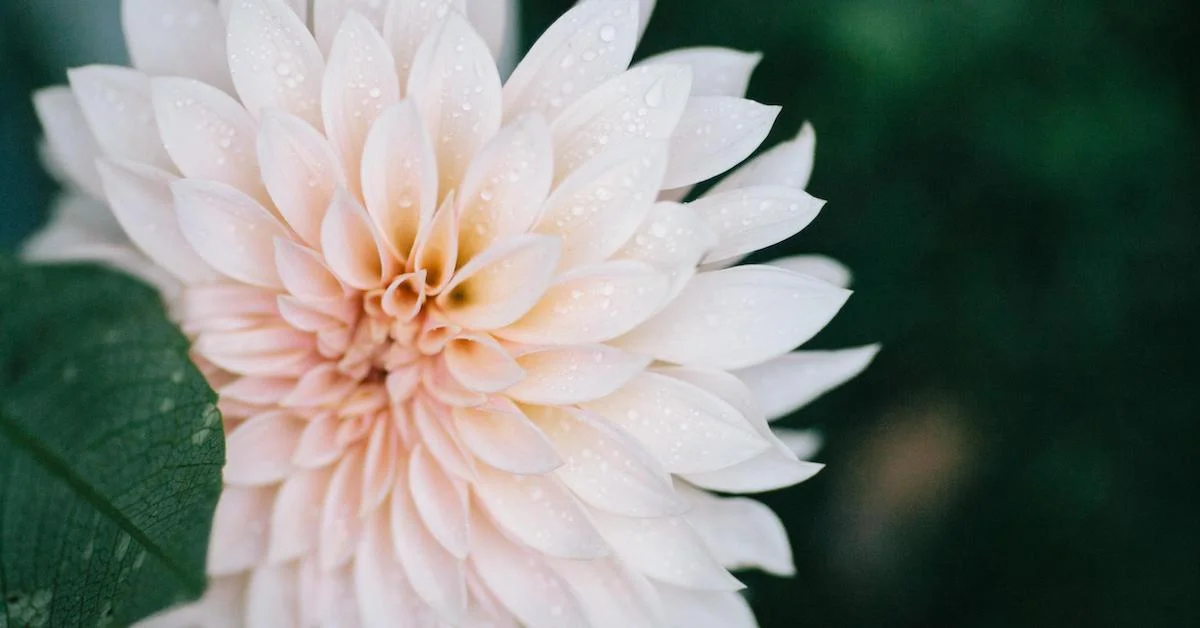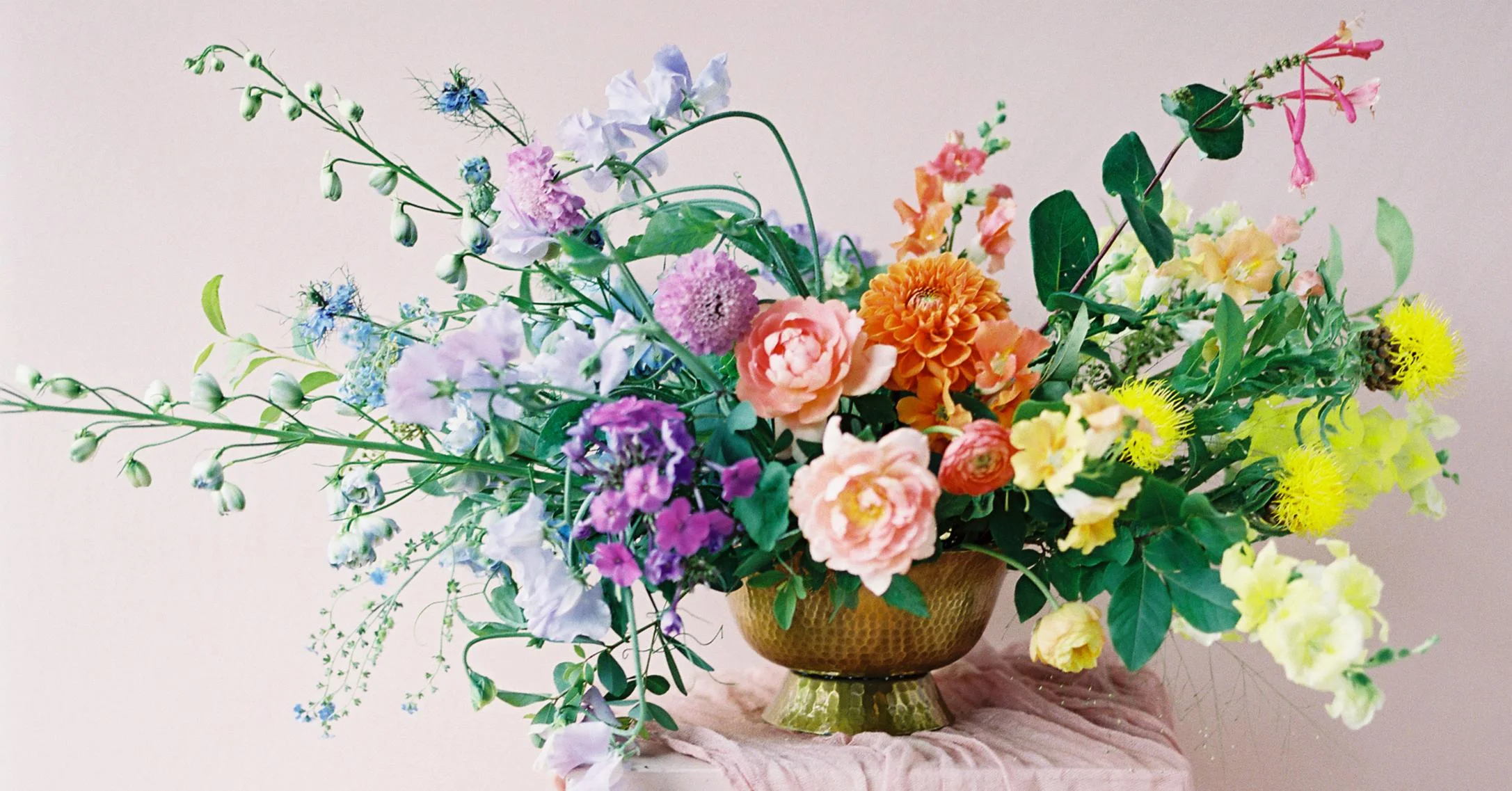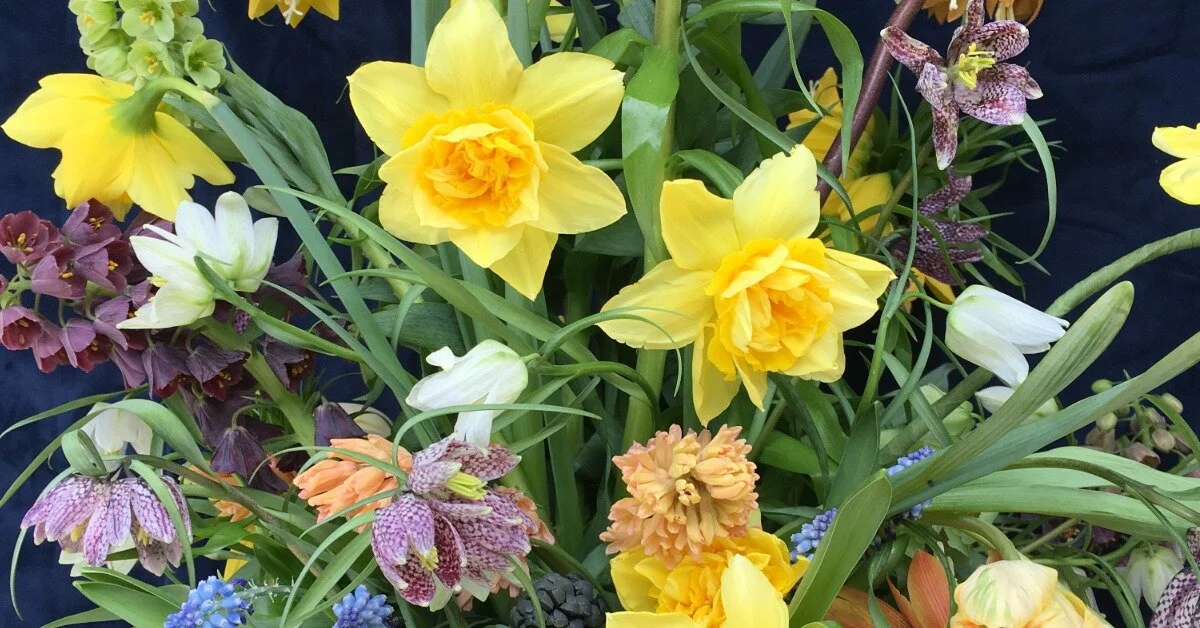How to use companion planting with flowers
Sara Logan Photography
Companion planting for soil health and crop vigor has been done for centuries, and in the age of high producing monoculture farms, the basics of companion planting seem to have fallen by the wayside. However, just a few carefully chosen plantings can make a big difference in your cut flower garden. Companion planting is generally done for two reasons: pest control and soil health. In this article, I am going to share with you the amazing ability of flowers to improve nitrogen availability, decrease nematode destruction, and that dandelions should be your new favorite weed.
The Native Americans have been growing peas, beans, and corn together since ancient times. Not only did the corn stalks make a handy trellis for the climbing vines, but the corn seemed to grow bigger and faster when it had a companion from the legume family. It is common knowledge that legumes such as alfalfa, beans, and peas help to fix nitrogen into the soil, but I don’t generally grow those crops on my cut flower farm. Instead, I use rotating plantings of sweet pea and lupine to increase nitrogen levels in my soil continually. I love both of these plants because they come in many different colors and are easy to grow. Lupines are a short-lived perennial, which means that I can move my lupine area every three years or so, and I don’t feel bad when I forget to cover my lupine row with a frost blanket.
Sara Logan Photography
In addition to increasing nitrogen availability in the soil, I am also concerned with decreasing populations of harmful nematodes. A nematode is a microscopic organism that lives in the soil. It eats roots, bacteria, fungi, introduces disease and gall, and is the antithesis to the earthworm. There are some varieties of nematode that are beneficial and that you can buy at a garden supply store to put into your soil, and those are visible to the naked eye. When it comes to nematodes, what you can’t see will most likely hurt you. Luckily, there is an easy and delightful solution. One of the best noxious nematode repelling plants is the dahlia. Anything that gives me an excuse to buy more dahlias I will take, so in the name of natural warfare I have increased my dahlia battlefield and am launching a subterranean assault!
Speaking of soil, planting companion plants at different soil strata levels is also a really neat trick. For instance, marigolds are another great plant when it comes to repelling underground pests, including nematodes. I like to plant marigolds above my bulb plantings to protect the delicate bulbs from danger in between bloom cycles. I have a large naturalized daffodil area, and this technique provides additional color in the summer season after the daffodils have bloomed.
Not all flowers get along. In fact, some flowers will downright kill anything you plant near it. These plants have what is called “allelopathic” qualities, which means that they release chemicals to kill off the good, nitrogen creating bacteria where ever their roots and dead leaves reach the soil. Generally, these plants do not need vast amounts of nitrogen to grow, but they like their space. Some cut flowers with allelopathic tendencies are peonies and delphinium, so think carefully about where you plant these. Another highly allelopathic and favorite plant is eucalyptus- much more so than peonies and delphinium. Sometimes the area in which eucalyptus has been planted can’t be grown in for several years as the soil recovers.
Sara Logan Photography
As a full-time teacher, studio florist, grower, and mom, I have been learning to love weeds for my own sanity. That way when I notice a patch of purslane, I can think of the good things the plant is doing for me, like helping to break up my clay soil. This helps me relax a little bit in the garden and not let my intense hatred for invasive weeds take over my to-do list. After doing a little bit more research on why weeds can be a good thing, I stumbled on a few gems associated with dandelion. In fact, due to the very tap root I despise pulling, a dandelion is not usually in direct competition with my surface rooted flowers for water and nutrients. That same taproot can penetrate through my hardpan layer and reach minerals that my flowers can’t. The minerals travel up the taproot and into the plant, so when I do pull out the dandelion, I leave it in the row to decompose and put those nutrients into the top layer of soil for my flowers.
In the summer harvest season, I usually start planning out my changes for the next growing season. I take note of what worked and what didn’t regarding layout, irrigation trouble spots, and problem areas. This is when I note where I should grow sweet peas next year, which is where I will already have a trellis for things like amaranthus and cockscomb celosia (hint hint: multi-season/crop use trellis = time saver!). Most of the time my trouble spots can be fixed by just changing what I plant and where I plant it. Moving back to basics, and letting the plants work to keep each other healthy has changed the way I grow flowers. I know that it can seem complicated at times, but companion planting has helped save me time and money when it comes to managing my cut flowers. I hope that you can integrate some of these tips and pearls of wisdom into your own growing style.









